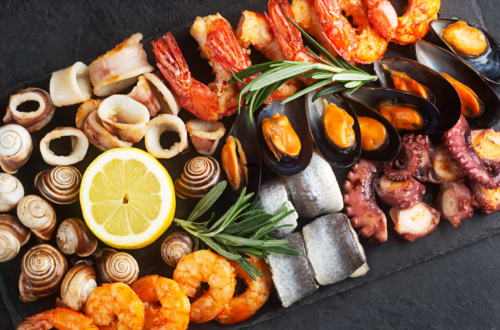7 Interesting Facts About St Patrick’s Day
It’s known as St. Patrick’s Day to some and Saint Paddy’s Day to others. But however you may choose to call it, both Irish and non-Irish descendants love to throw a massive celebration on March 17 that include parades, river dyeing, and lots and lots of drinking. Some folks like to wear four leaf clover hats, go on Leprechaun treasure hunts, and drink green beer. But no matter how you choose to celebrate this festive day, there are some interesting facts about this holiday you probably didn’t know about.
Interesting Facts About St Patrick’s Day
St. Patrick Wasn’t Irish
The Irish have turned St. Patrick into an iconic figure, but he was born in England, not Ireland. He was reportedly kidnapped when he was 16 and taken to Ireland. He eventually fled to a monastery in what is now considered French territory where he became a priest. By 432 AD, St. Patrick, who was now a bishop, returned to Ireland as a missionary and played his part in converting the Irish to Christianity. After his passing, Ireland turned him into a patron saint.
March 17 Wasn’t His Birthday
Some people believe they are celebrating St. Patrick’s birthday on March 17. But as it turns out, March 17, 461 AD was the day that he actually passed away. Then again, this isn’t the only fact people got wrong. He was also born Maewyn Succat but chose the name Patrick when he took on the role of bishop.
The First St. Patrick’s Day Parade Didn’t Happen in Ireland
The first St. Patrick’s Day was held in 1762 in New York City, not Ireland. Centuries later, that tradition continues with approximately 150,000 people participating in the parade and about 2 million bystanders watching.
http://gty.im/1207503032 http://gty.im/1217811422
People Didn’t Always Drink on St. Patrick’s Day
Drinking might be synonymous with St. Patrick’s Day, but in Ireland, the holiday was considered sacred for the better part of the 20th century. So, all the pubs in the country remained closed because of a law that Parliament member James O’Mara created. But in 1970, St. Patrick’s Day went from a religious to a national holiday, and that’s when Irish people started heading into pubs to celebrate with a pint.
St. Patrick’s Color Was Actually Blue
While everyone associates the color green with St. Patrick’s Day, historians argue that St. Patrick’s true color was blue. The color green became widely used in the late 18th to 20th century when the four-leaf clover became a symbol that represented their identity.
People Eat This to Celebrate
Food is one of many ways that people around the world celebrate their cultural holidays. But in the United States, many St. Patrick’s Day celebrations include a feast made of corned beef and cabbage.
The Chicago River Gets Dyed Green
In 1962, the Chicago River was dyed green for St. Patrick’s Day using over 40 pounds of dye. Since then, this tradition has been held every year. The green hue lasts for a few hours before the water returns to its normal color. Unfortunately, restrictions caused by the pandemic led to the cancelation of the dyeing of the river this year.
Popular Posts:



